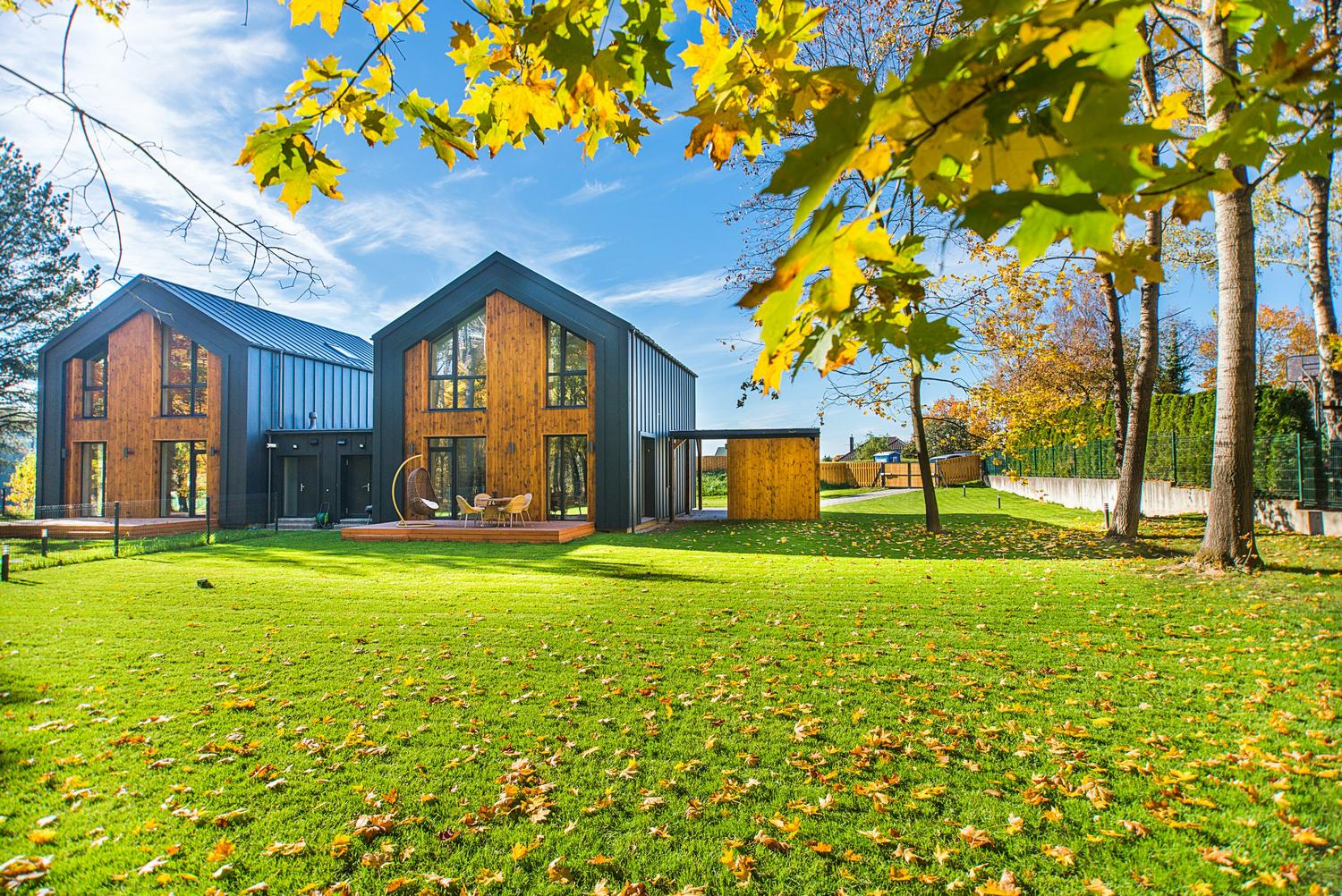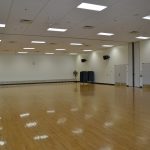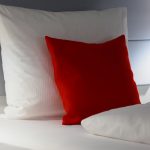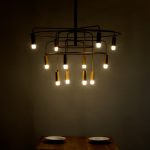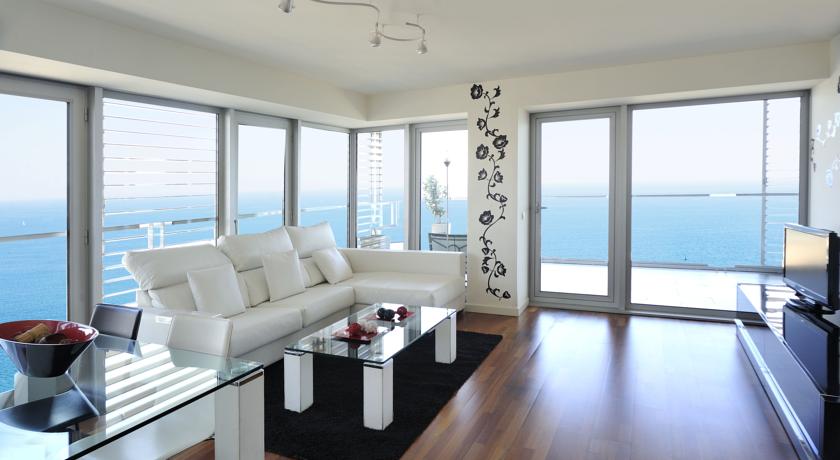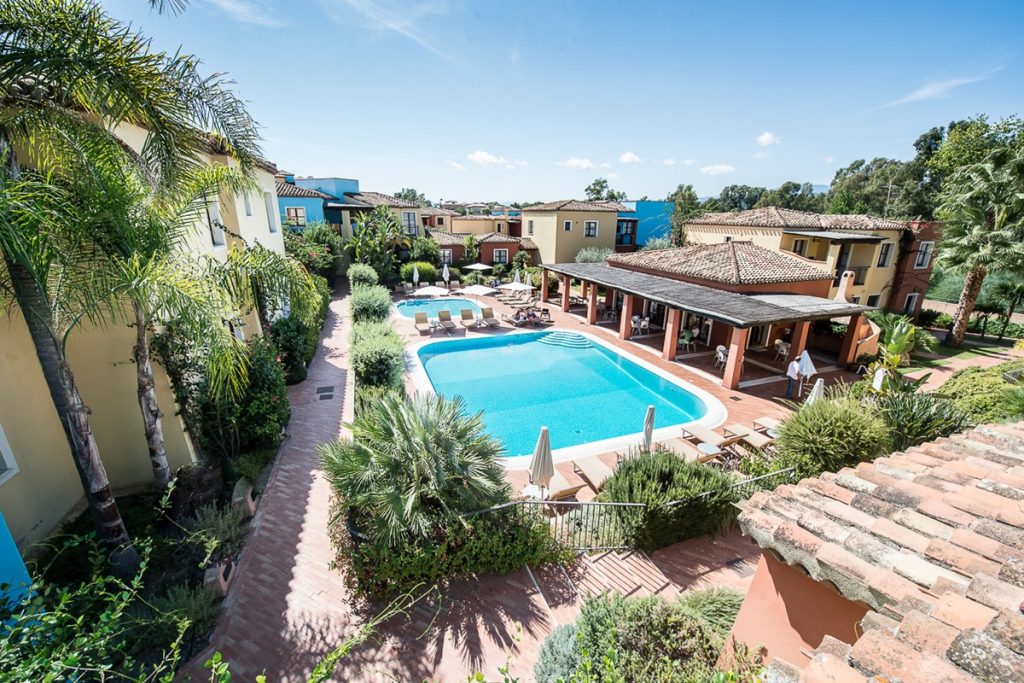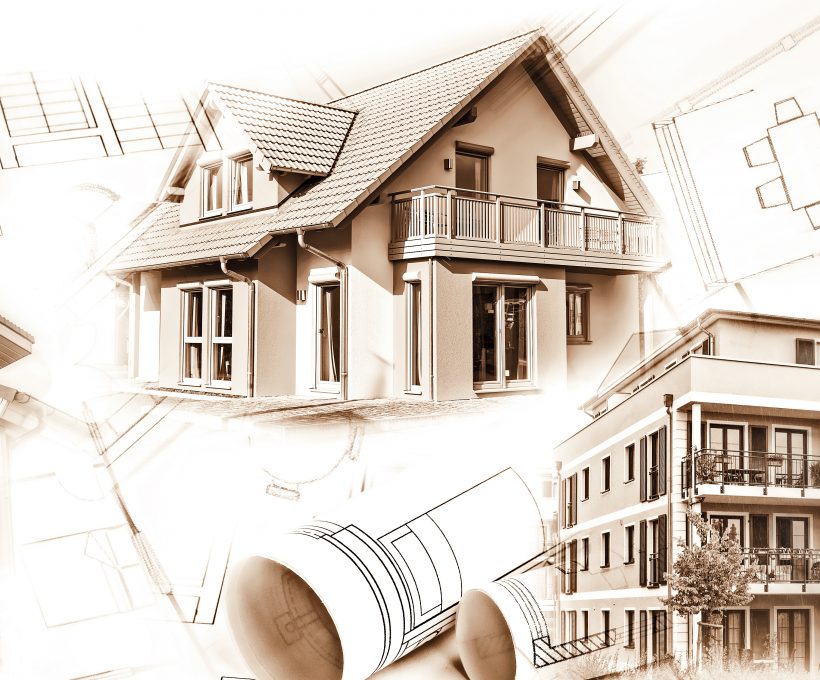
The decision to build a real estate with a frame structure is a step towards the need for the investor to learn about many aspects related to the materials that are used in this type of construction. The most important raw material is, of course, wood, which is the key and basic building material that determines the quality of Canadian houses . However, after erecting and stabilizing the skeleton, you cannot forget to properly insulate the walls and ceilings. The term “passive house” can also apply to the popular Canadian. For well-established knowledge, it is worth going to the best source – the United States of America. It is there that a lot of mistakes were made, from which Polish builders can now draw conclusions.
Warming benefits
When talking about the benefits of using thermal insulation, it is worth referring to the key argument – the portfolio of the future property owner. Canadian houses have a very light structure that favors incredibly rapid temperature fluctuations. The building is able to heat up immediately, but it also does not “hold” the heat obtained. The rules are, therefore, quite different from those that govern architectural products of brick and concrete, typical for our latitude. In classic construction, everything just happens slower.
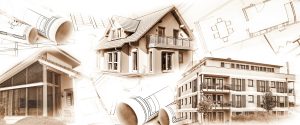
The main benefit of reasonable building insulation is, above all, the optimization of heating expenses in winter. In Poland, this period can be surprising, mercury columns from late autumn to early spring may never drop drastically below zero, and sometimes frost can take the worst possible form and last for several days. Therefore, the investor should be prepared for anything. Even in mild winters, if you want to maintain a comfortable temperature around twenty degrees, you need to spend a lot of money on heating. Fortunately, the European Union regulations on energy requirements, which are subject to the newly built house price listare becoming more and more restrictive. Already at the design stage, it forces you to think about the use of appropriate thermal insulation. The question is, which one is the best for the Canadian house ?
Styrofoam or wool?
The answer is basically quite simple: wool. Its key advantages are not only non-flammability and better acoustical properties, but most of all vapor permeability. Expanded polystyrene cannot boast such high efficiency related to the correct distribution of moist air within the walls. The principle of resigning from polystyrene should be of interest to those who decide to use gravity ventilation instead of mechanical ventilation in single-story buildings. Due to the poor draft of the chimney, the removal of moisture from the house is much less effective, and thus the wooden frame structure is exposed.
Another disadvantage of polystyrene is its inferior susceptibility to modeling. The wool that is placed between the construction elements can be freely pushed into the gaps and any unevenness. Cutting polystyrene boards to the perfect size causes many more difficulties, which promotes the formation of thermal bridges.
Correct arrangement and selection of wall layers
In order to obtain the best thermal effects, you should not save on materials in the case of Canadian houses . The key is to choose the right mineral wool with the highest insulation coefficient. You can also try to use newer spraying methods, but their use will be associated with a higher bill for the assembly team. When laying wool, remember that it is necessary to use foil with appropriate parameters. The one placed on the inside should be able to provide effective vapor barrier. Only on top of it can gypsum boards, paneling or other wall finishes be laid.
Additionally, a windproof foil is used from the outside. On the walls, apart from plaster, you can try to lay an additional layer of insulation. It is also a requirement when constructing a passive house. It is worth remembering that wood itself is an excellent insulator, so you can consider using it as part of the planned facade. It will be perfect for both summer and winter, and the visual effect will remain timeless. The only disadvantage of this solution is the need for periodic maintenance and impregnation of the cladding.
When discussing the topic of insulation, you should also take into account other elements, such as doors and windows. Producers are trying their best to keep up with the stricter EU requirements. Canadian house owners can freely take advantage of the benefits offered by triple-glazed windows and doors set on deep profiles. In principle, many issues within this theme remain common to classical construction, and the choice of materials available is as wide as not identical. Their use should be the voice of reason between the investment possibility and the desire to obtain the correct insulation parameters of the property. It is worth consulting all activities related to insulation with the architect, at the design stage.
Sprawdź koniecznie
-
Wooden houses - a modern construction solution
Currently, wooden houses are a rarity in Poland. Hearing about a wooden house, most people will…
-
The producer of the hall and the construction of the squash hall - practical information
The construction of a squash hall requires the manufacturer of tent halls to remember about many important…
-
The best bedding for the whole family
Everyone in their home has at least several sets of bedding. We love to match the…
-
The growing popularity of aesthetic medicine
Aesthetic medicine is a field that is developing more and more dynamically. Treatments for which celebrities are…
-
Pendant lamps for the bedroom. Create a unique atmosphere in the interior
Hanging lamps are the most frequently chosen lighting method for living rooms and rooms such…
